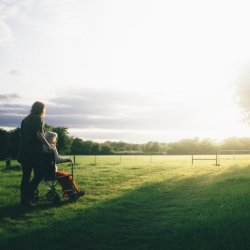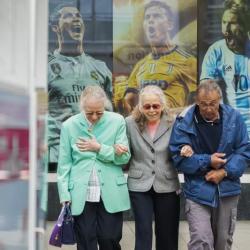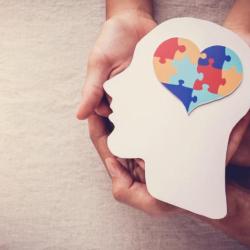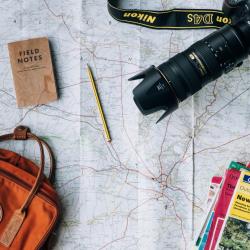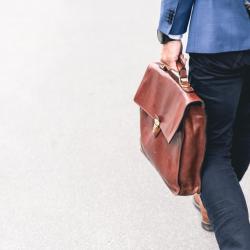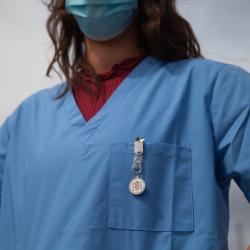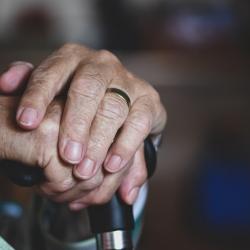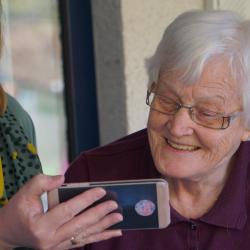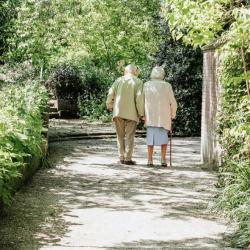What Makes A Case: Slips, Trips & Falls
Slips, trips, and falls are common incidents that can lead to serious injuries. Understanding these incidents is crucial not only for prevention but also for knowing what to do if you find yourself involved in one. These types of accidents can occur in various locations, from residential homes to commercial properties and public spaces. Knowing what makes a case can help you navigate the legal landscape effectively.
Types of Incidents
Slips
Slips occur when there is too little friction or traction between your feet and the walking surface. This can be caused by a variety of factors. Wet or oily surfaces are among the most common causes. Weather hazards like rain, ice, or snow can also create slippery conditions. Loose or unanchored rugs or mats can pose a slipping hazard as well. Common injuries from slips include sprains, fractures, and head injuries.
Trips
Trips happen when your foot hits an object, causing you to lose balance. Uneven surfaces, such as cracked sidewalks or poorly maintained floors, are frequent culprits. Poor lighting can make it difficult to see obstacles, increasing the risk of tripping. Obstructed walkways cluttered with objects can also lead to trips. Common injuries from trips include cuts, bruises, and broken bones.
Falls
Falls can occur from various heights and situations. Falling from ladders or step stools is a common scenario, especially in workplaces. Falls from heights, such as balconies or rooftops, can result in severe injuries or even fatalities. Structural failures, like broken stairs or railings, can also lead to falls. Common injuries from falls include spinal cord injuries, traumatic brain injuries, and severe fractures.
Legal Aspects of Slips, Trips, and Falls
Premises Liability
Premises liability is a legal concept that holds property owners responsible for certain types of injuries that occur on their property. The duty of care owed by property owners varies depending on the type of visitor. Invitees, such as customers in a store, are owed the highest duty of care. Licensees, like social guests, are owed a moderate duty of care. Trespassers are generally owed the least duty of care, although there are exceptions, especially if the trespasser is a child.
Proving Negligence
To make a successful claim, you must prove negligence. The elements of negligence include duty of care, breach of duty, causation, and damages. Duty of care refers to the responsibility the property owner has to maintain a safe environment. Breach of duty occurs when the property owner fails to meet this responsibility. Causation links the breach of duty directly to the injury sustained. Finally, damages refer to the actual harm or loss suffered by the victim. Evidence required to prove negligence can include incident reports, surveillance footage, and witness statements.
Comparative Fault
Comparative fault is a legal doctrine that can affect the outcome of a slip, trip, or fall case. It refers to the idea that more than one party can be at fault for an incident. For example, if a person was texting while walking and tripped over an obstacle, they might be found partially responsible for their own injury. Comparative fault can reduce the amount of compensation a victim receives based on their percentage of fault in the incident. Understanding how comparative fault works can help you better prepare for legal proceedings.
Common Locations for Slips, Trips, and Falls
Residential Properties
In residential properties, homeowners have a responsibility to ensure their property is safe for visitors. Common hazards in residential settings include slippery bathroom floors, poorly lit staircases, and cluttered living spaces. Homeowners can be held liable if they fail to address these hazards and someone gets injured as a result.
Commercial Properties
In commercial properties, business owners are responsible for maintaining a safe environment for both employees and customers. Common hazards in commercial settings include wet floors, poor lighting, and obstacles in walkways. Specific cases like an accident at sporting goods store can highlight the importance of proper maintenance and safety protocols. Business owners can be held liable for injuries if they fail to address these hazards adequately.
Public Spaces
In public spaces, the government or responsible entity must ensure the area is safe for the public. Common hazards in public areas include uneven sidewalks, poor lighting, and lack of proper signage. Government entities can be held liable if they fail to maintain these areas and someone gets injured as a result.
Steps to Take After an Incident
Immediate Actions
If you are involved in a slip, trip, or fall incident, the first thing you should do is seek medical attention. Even if you think your injuries are minor, it's essential to get a professional evaluation. Some injuries may not be immediately apparent and could worsen over time. Prompt medical attention also creates a record of your injuries, which can be crucial for any legal claims you may pursue.
Next, report the incident to the property owner, manager, or relevant authority. Make sure the report is documented in writing and that you get a copy for your records. This report can serve as important evidence if you decide to file a claim.
Document the scene as thoroughly as possible. Take photographs of the area where the incident occurred, focusing on any hazards that contributed to your fall. If there were any witnesses, collect their contact information. Their statements could be invaluable in supporting your case.
Gathering Evidence
Taking photographs is one of the most effective ways to gather evidence. Capture images of the hazardous conditions that led to your slip, trip, or fall. These photos can help establish the property owner's negligence.
Collecting contact information of witnesses is another crucial step. Witnesses can provide statements that corroborate your account of the incident. Make sure to get their names, phone numbers, and email addresses.
Preserving physical evidence can also be important. This could include the shoes you were wearing at the time of the incident or any other items that might have contributed to the fall. Keep these items in a safe place, as they might be needed for your case.
Legal Consultation
After gathering initial evidence, the next step is to seek a legal consultation. Consulting a legal professional who specializes in slip, trip, and fall cases can provide you with valuable insights into your situation. They can help you understand your rights, the strength of your case, and the potential compensation you might be entitled to.
During the consultation, be prepared to discuss the details of the incident, including the location, circumstances, and any evidence you have gathered. A legal professional can guide you through the process of filing a claim and represent your interests in negotiations or court proceedings.
Conclusion
In conclusion, understanding what makes a case in slips, trips, and falls involves a comprehensive look at the types of incidents, the legal aspects, and the steps to take afterward. Awareness and prevention are key, but if you find yourself involved in such an incident, knowing how to gather evidence and seek legal advice can make a significant difference. Always remember that prompt action and thorough documentation can strengthen your case and help you achieve a fair outcome. If you are ever in doubt, consulting a legal professional can provide you with the guidance you need to navigate the complexities of premises liability law.
More to Read:
Previous Posts:
